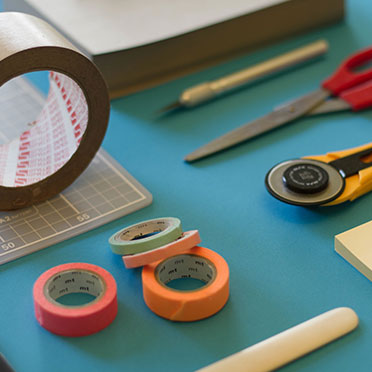User testing
To ensure that a service or product fulfills the right things, you have to test it on the people who are suppose to use it. Without feedback from the end users you can’t get real insights, and without that it's almost impossible to know what to improve.
Time 2-8 h · Group size 5-6 people per test
“Learn from failure” is one of Human Centered Designs most important mindsets. When showing off something that receives critique you should not view it as a failure. You should see it as is you are designing experiments to learn from. User tests is not necessarily, as many believe, complicated and costly. Rather that you conduct several tests in smaller groups instead of one massive. If you have the budget to book 15 people, do three tests with five users each - You want to have time in between to improve the design, not only to document weaknesses. The following tips are for qualitative testing in order to get detailed answers on new design (in comparison to quantitative testing for a feature/product/service that is already launched).
6 quick tips
Decide what to find out
The first thing for preparing a test is to decide what questions you want to get answered. When testing a website it could be a questions like “what do users think they will find behind these menu objects”, or a chosen assignments, e.g. to carry through a purchase. In general you want to find out what works well, not well, and if the people you test on have any questions or new ideas (you’d be surprised how many good ideas people share when they’re given the opportunity).
Find the right people
When you know what questions you need to answer it’s important to pick the people you believe can answer them the best - And when the target group is decided it’s equally important to find diversity within that specific group. Although, in projects where the target group(s) often are set from the beginning, the people might need to be specified.
Test on five users
When booking people for a test it can be beneficial to be in the environment where the product or service will be used. If it’s a website that will be used anywhere you can invite the users to the clients or your own office. When inviting a test group you should book six people to be insured if someone has to cancel.
Guerilla testing
If you have a smaller budget or a tight schedule guerilla testing is a great option, i.e. to find people out on town. Pick a place where you can encounter the target audience, but also a place where they are more likely to have time to speak to you (train station, mall, park etc). Be honest with your intentions, introduce yourself, the company/client you are working for and how the information will be used. Wearing a badge with the company/client logo is a good verification that you’re legit.
Remote testing
If you for some reason can’t meet your users in person there are some methods for remote testing. You can set up a clickable prototype where the user is given assignments/questions to answer by writing in notes. This is a good option when the person is short on time and need to choose for themselves when to carry through the test (within a specific time frame). You can also test over Skype (or a similar service), which gives the benefit to observe over screen sharing, as well as following up with questions based on what you see and hear. Preferably though, it’s always good to meet physically. Partly because the presence gets better and it opens up for asking spontaneous questions, but also to be able to intercept their body language and unconscious behaviours. More than often, people don’t always do what they say they do, you need to be alert of their actions and expressions.
During the test
Never give the answers, be open and don’t provide explanations or be defensive about the idea and the design. To stay impartial it’s good to be two people conducting the test - One that is fully focused on the test person, doing active listening to be able to ask relevant questions, and one to observe and take notes. Then the risk to missing something important is minimal, and you can talk about the test with each other directly after (always confirm your personal impression with one another).
Note: Always give something to your test people as a thank you, a gift card for the movies, money, or something else of symbolic value (adapted after the time set aside).
























